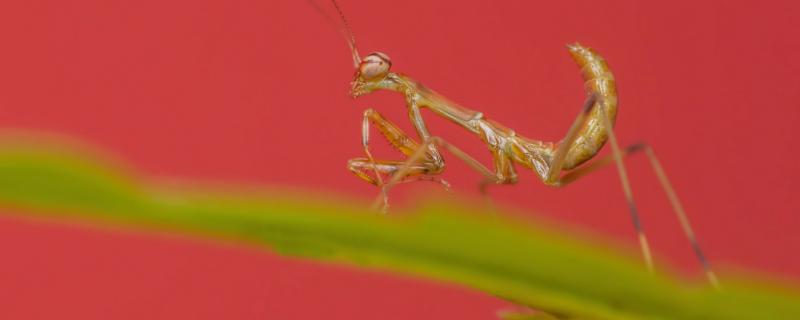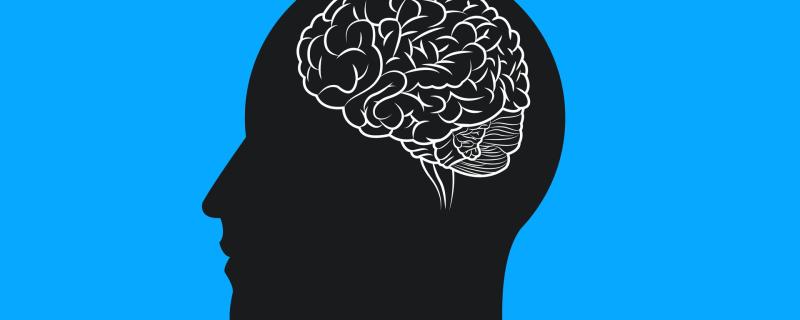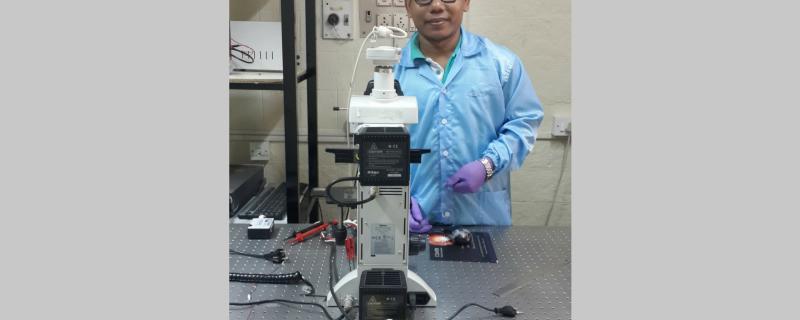Dr. Vivek Nityananda, a research associate from the Newcastle University presented a lecture titled, “Stereovision and prey detection in the praying mantis”, on the 10th of January 2018 at the Indian Institute of Science. An alumnus of the Center for Ecological Sciences at IISc, Dr. Nityananda was introduced to the audience by his doctoral guide, Prof. Rohini Balakrishnan. The research that he presented to the audience was conducted at the Newcastle University, UK, conducted as a part of research undertaken by Prof.
Novel scheme by IIT Bombay researchers to control drones can enable complex formation flying using only camera data, without GPS or inter-drone communication.
Mumbai/








